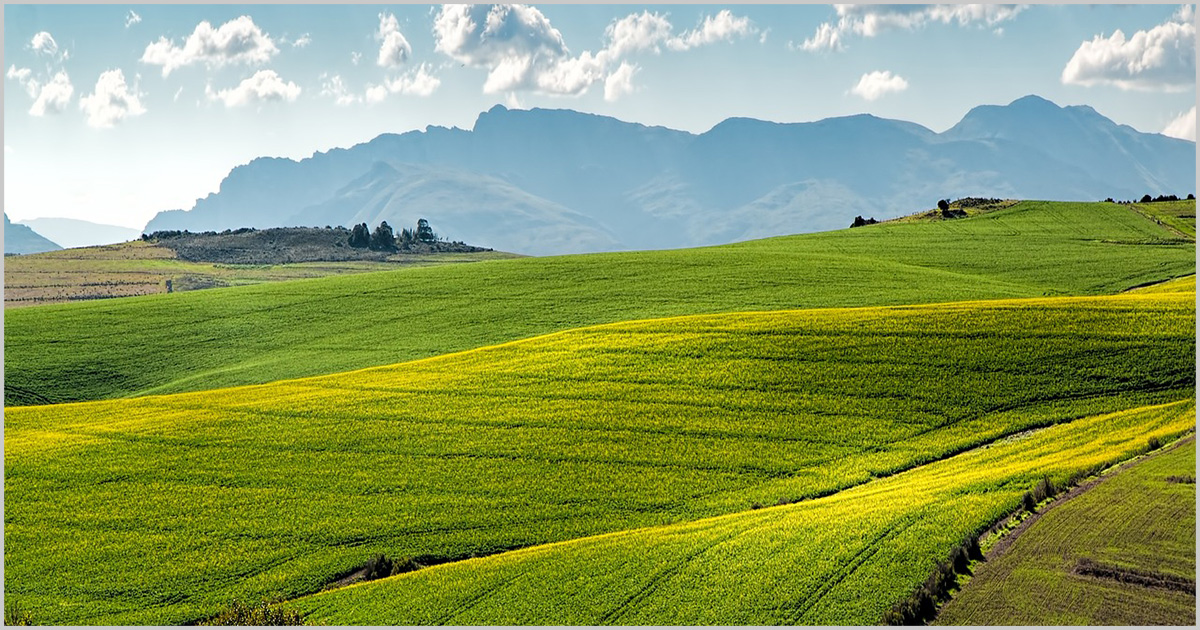- 3.6Impact Factor
- 6.3CiteScore
- 19 daysTime to First Decision
Advances in Agricultural Engineering Technologies and Application
This special issue belongs to the section “Agricultural Technology“.
Special Issue Information
Dear Colleagues,
Technology adaptation in the agriculture sector is crucial to ensure food security and poverty alleviation which are the primary themes of the UN-SDGs. Researchers and engineers are expected to address various challenges toward introducing innovative techniques, frameworks, and instruments, by which sustainable agriculture and food security can be satisfied. Worldwide, agricultural mechanization and modernization can be attained with advancements in agricultural engineering technologies and associated applications. Important to such progress are technological advancements in: agricultural automation and robotics; precision agriculture; high-efficiency irrigation systems; farm energy systems; the handling, storage, and processing of agricultural products; livestock and poultry sheds; farm water/wastewater management; biomass, biogas, and biochar; remote sensing and geographical studies; society and agriculture, and the associated bio-environment. Such advances in agricultural engineering technologies and applications represent the needs of the 21st century, particularly from the viewpoint of the agricultural water–energy–food security nexus. In light of this, this Special Issue will comprise original research, reviews, and case studies outlining recent progress and exploring scenarios in the abovementioned research areas.
Potential topics include, but are not limited to: aquaponics, hydroponic and aeroponic systems; agricultural automation and farm machinery; agricultural robotics, food storage and processing; irrigation and drainage systems/applications; digital agriculture, precision agriculture and smart farming systems; temperature/humidity control in agriculture.
Prof. Dr. Muhammad Sultan
Dr. Redmond R. Shamshiri
Dr. Md Shamim Ahamed
Dr. Muhammad Farooq
Guest Editors
Manuscript Submission Information
Manuscripts should be submitted online at www.mdpi.com by registering and logging in to this website. Once you are registered, click here to go to the submission form. Manuscripts can be submitted until the deadline. All submissions that pass pre-check are peer-reviewed. Accepted papers will be published continuously in the journal (as soon as accepted) and will be listed together on the special issue website. Research articles, review articles as well as short communications are invited. For planned papers, a title and short abstract (about 100 words) can be sent to the Editorial Office for announcement on this website.
Submitted manuscripts should not have been published previously, nor be under consideration for publication elsewhere (except conference proceedings papers). All manuscripts are thoroughly refereed through a single-blind peer-review process. A guide for authors and other relevant information for submission of manuscripts is available on the Instructions for Authors page. Agriculture is an international peer-reviewed open access semimonthly journal published by MDPI.
Please visit the Instructions for Authors page before submitting a manuscript. The Article Processing Charge (APC) for publication in this open access journal is 2600 CHF (Swiss Francs). Submitted papers should be well formatted and use good English. Authors may use MDPI's English editing service prior to publication or during author revisions.
Keywords
- agricultural built environment
- aquaponics, hydroponic and aeroponic systems
- biomass, biogas, and bioenergy
- food processing and storage
- food security
- irrigation and drainage systems and applications
- modern livestock and poultry barns
- next-generation greenhouses
- renewable energy and agriculture
- robotics and farm mechanization
- solar dryers and solar pumping
- sprinkler and drip irrigation systems
- sustainable agricultural technologies
- sustainable agriculture
- temperature/humidity control systems for agriculture
- water/wastewater treatment

Benefits of Publishing in a Special Issue
- Ease of navigation: Grouping papers by topic helps scholars navigate broad scope journals more efficiently.
- Greater discoverability: Special Issues support the reach and impact of scientific research. Articles in Special Issues are more discoverable and cited more frequently.
- Expansion of research network: Special Issues facilitate connections among authors, fostering scientific collaborations.
- External promotion: Articles in Special Issues are often promoted through the journal's social media, increasing their visibility.
- e-Book format: Special Issues with more than 10 articles can be published as dedicated e-books, ensuring wide and rapid dissemination.

